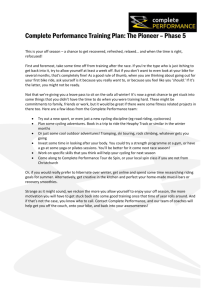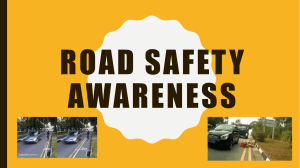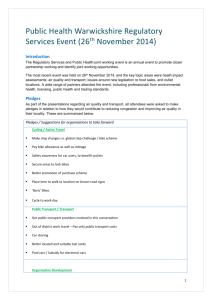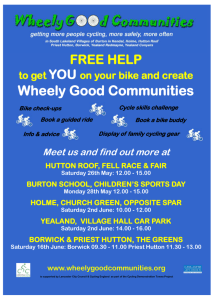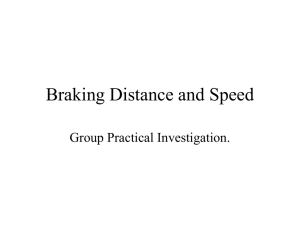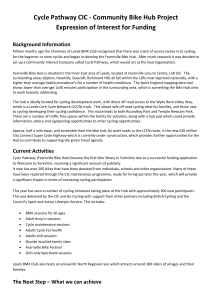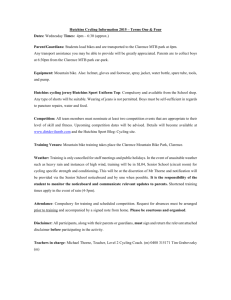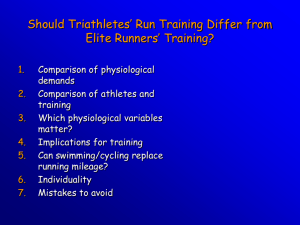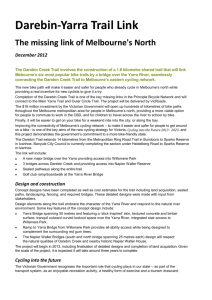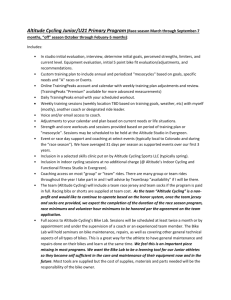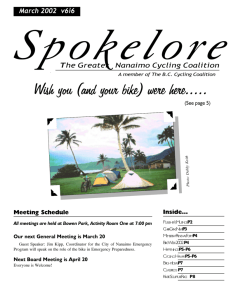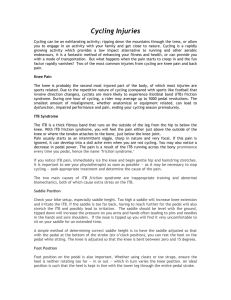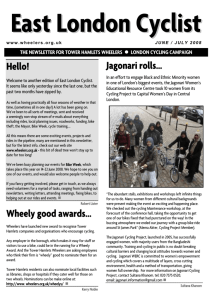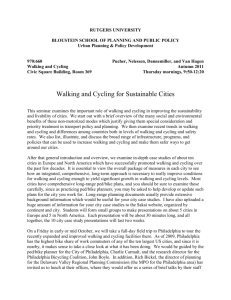Winter Cycling
advertisement
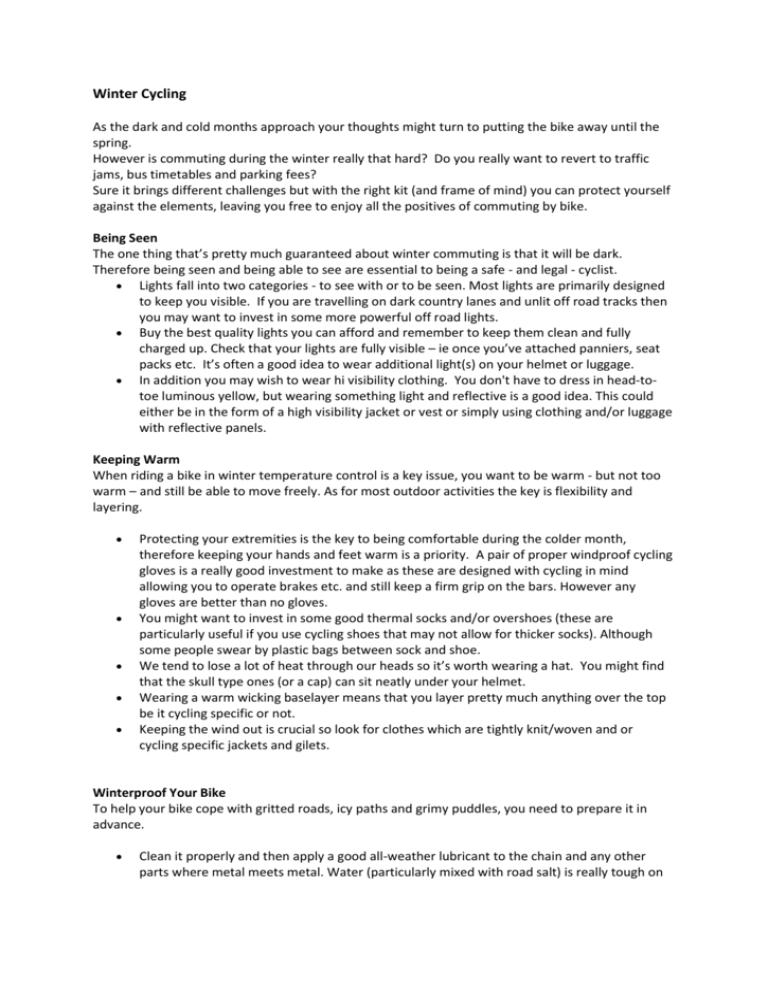
Winter Cycling As the dark and cold months approach your thoughts might turn to putting the bike away until the spring. However is commuting during the winter really that hard? Do you really want to revert to traffic jams, bus timetables and parking fees? Sure it brings different challenges but with the right kit (and frame of mind) you can protect yourself against the elements, leaving you free to enjoy all the positives of commuting by bike. Being Seen The one thing that’s pretty much guaranteed about winter commuting is that it will be dark. Therefore being seen and being able to see are essential to being a safe - and legal - cyclist. Lights fall into two categories - to see with or to be seen. Most lights are primarily designed to keep you visible. If you are travelling on dark country lanes and unlit off road tracks then you may want to invest in some more powerful off road lights. Buy the best quality lights you can afford and remember to keep them clean and fully charged up. Check that your lights are fully visible – ie once you’ve attached panniers, seat packs etc. It’s often a good idea to wear additional light(s) on your helmet or luggage. In addition you may wish to wear hi visibility clothing. You don't have to dress in head-totoe luminous yellow, but wearing something light and reflective is a good idea. This could either be in the form of a high visibility jacket or vest or simply using clothing and/or luggage with reflective panels. Keeping Warm When riding a bike in winter temperature control is a key issue, you want to be warm - but not too warm – and still be able to move freely. As for most outdoor activities the key is flexibility and layering. Protecting your extremities is the key to being comfortable during the colder month, therefore keeping your hands and feet warm is a priority. A pair of proper windproof cycling gloves is a really good investment to make as these are designed with cycling in mind allowing you to operate brakes etc. and still keep a firm grip on the bars. However any gloves are better than no gloves. You might want to invest in some good thermal socks and/or overshoes (these are particularly useful if you use cycling shoes that may not allow for thicker socks). Although some people swear by plastic bags between sock and shoe. We tend to lose a lot of heat through our heads so it’s worth wearing a hat. You might find that the skull type ones (or a cap) can sit neatly under your helmet. Wearing a warm wicking baselayer means that you layer pretty much anything over the top be it cycling specific or not. Keeping the wind out is crucial so look for clothes which are tightly knit/woven and or cycling specific jackets and gilets. Winterproof Your Bike To help your bike cope with gritted roads, icy paths and grimy puddles, you need to prepare it in advance. Clean it properly and then apply a good all-weather lubricant to the chain and any other parts where metal meets metal. Water (particularly mixed with road salt) is really tough on your bike. After riding in bad weather, it's a good idea to give your bike five minutes of TLC to keep things running smoothly. To be honest mudguards are pretty handy all year round – but definitely when there’s lots of water/muck around. Whatever the type of bike you ride full-length mudguards need not be heavy and will better protect your feet and lower legs from road spray (and other riders too). If you are riding with narrow tyres (23mm or less) you may wish to consider something a little wider for winter. These should provide a smoother ride and better grip. Also, look for tyres with additional puncture protection. Top Tips With a change of conditions on the road you might need to change your riding style a little: In the winter more than ever you should be taking a dominant road position. Not only is a drivers vision reduced due to less daylight and bad weather but they will also take longer to brake - plus the road edges are more likely to be filled with leaves, piled up snow etc. When the roads are wet it will make braking harder and your stopping distance will increase. This may mean cycling a little more slowly and leaving more space between you and the next nearest road user. Anticipate braking and be aware of turns. Keep things smooth and try to keep your bicycle as upright as possible during turns and avoid braking during a turn. Try to pedal smoothly and relax your upper body, especially on ice and soft snow. Keeping your weight as far back as possible minimises the risk of your front wheel sliding from beneath you – at the same time your rear, driving wheel enjoys more grip with a little extra weight over it. Other Information British Cycling London Cyclists ETA Money Saving Tips
